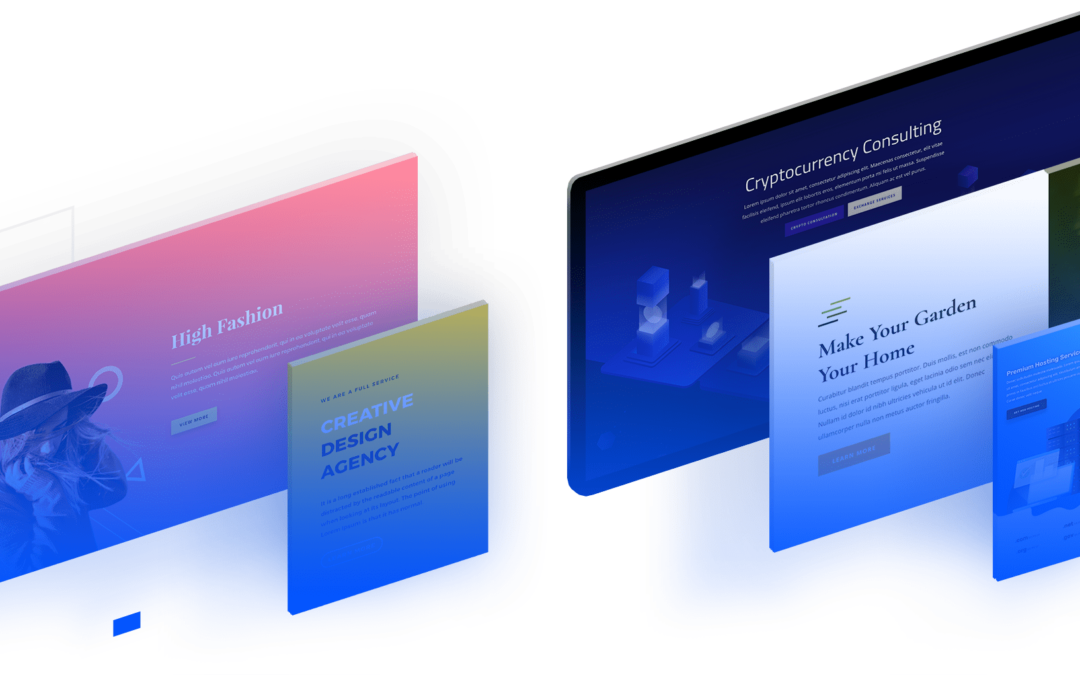Seamless Integration: Adding a Customer Portal to Your Website
by admin | Mar 31, 2024 | marketing, Software |

Discover the benefits of integrating a customer portal on your website and learn how to seamlessly incorporate this feature to enhance user experience.
Understanding the Importance of a Customer Portal
A customer portal is an essential tool for businesses looking to provide a personalized and streamlined experience for their customers. By offering a dedicated portal, you can empower your customers with self-service options and access to important resources, such as account information, product documentation, and support materials.
Having a customer portal not only improves customer satisfaction but also helps to reduce the workload on your support team. With a well-designed portal, customers can find answers to common questions and troubleshoot issues on their own, saving time for both parties involved.
Furthermore, a customer portal allows you to gather valuable insights about your customers’ behavior and preferences. By analyzing the data collected through the portal, you can make informed decisions and tailor your products or services to better meet their needs.
In summary, a customer portal is a powerful tool that can enhance the overall customer experience, improve efficiency, and drive customer loyalty.
Choosing the Right Customer Portal Software
When selecting a customer portal software, it’s important to consider your specific business needs and goals. Here are a few key factors to keep in mind:
1. Features and functionality: Look for a software solution that offers the features you require, such as user authentication, document management, and communication tools. Consider whether the software integrates with your existing systems and can be easily customized to match your brand’s look and feel.
2. Scalability: Ensure that the software can handle your current customer base and has the capacity to grow with your business. It should be able to handle increased traffic and user demands without compromising performance.
3. Security: Security should be a top priority when choosing a customer portal software. Look for features like data encryption, user access controls, and regular security updates to protect your customers’ sensitive information.
4. User-friendly interface: The software should have an intuitive and user-friendly interface to ensure a seamless user experience. Test the software’s usability and navigation before making a final decision.
By carefully evaluating these factors, you can choose the right customer portal software that meets your business requirements and provides an excellent user experience.
Customizing Your Customer Portal
Customizing your customer portal is crucial to create a cohesive brand experience and ensure that it aligns with your website’s design and functionality. Here are some tips for effective customization:
1. Branding: Incorporate your brand elements, such as logo, color scheme, and typography, into the portal’s design. This helps to reinforce your brand identity and create a consistent look and feel across all customer touchpoints.
2. Navigation: Design an intuitive navigation structure that allows customers to easily find the information they need. Consider organizing content into logical categories and providing search functionality for quick access.
3. Personalization: Tailor the portal’s content and functionality to individual customers whenever possible. For example, you can display personalized recommendations based on their purchase history or offer exclusive promotions based on their preferences.
4. Mobile responsiveness: Ensure that the customer portal is fully responsive and optimized for mobile devices. With the increasing use of smartphones and tablets, it’s essential to provide a seamless experience across different screen sizes.
By customizing your customer portal to match your brand and optimize the user experience, you can create a professional and engaging platform for your customers.
Integrating the Customer Portal with Your Website
Integrating the customer portal with your website is a crucial step to ensure a seamless user experience. Here are the key considerations for successful integration:
1. Design consistency: Ensure that the customer portal visually aligns with your website’s design. Use consistent branding elements, such as colors, fonts, and layouts, to create a cohesive look and feel.
2. Single sign-on: Implement single sign-on functionality to allow customers to access the portal using their existing website credentials. This eliminates the need for separate login information and enhances convenience for users.
3. Seamless navigation: Make sure that users can easily navigate between your website and the customer portal. Provide clear links or buttons that direct users to the portal and back to the website without any confusion.
4. Data synchronization: Establish a seamless data synchronization process between your website and the customer portal. This ensures that customer information, such as profile updates and purchase history, is consistently updated in both systems.
By integrating the customer portal with your website effectively, you can provide a seamless user experience and foster stronger customer relationships.
Optimizing the Customer Portal for SEO
To maximize the visibility of your customer portal in search engine results and drive organic traffic, it’s important to optimize it for search engine optimization (SEO). Here are some tips to get started:
1. Keyword research: Identify relevant keywords that your target audience is likely to search for. Incorporate these keywords naturally into your portal’s content, including headings, titles, and meta descriptions.
2. URL structure: Use descriptive and user-friendly URLs for your portal’s pages. Include relevant keywords in the URLs to improve their visibility in search results.
3. Meta tags: Optimize the meta tags, including title tags and meta descriptions, for each page of your portal. These tags provide concise summaries of your page content and can help search engines understand the context of your portal.
4. Internal linking: Create internal links within your portal to connect related pages. This not only helps users navigate your portal but also assists search engines in indexing and understanding the structure of your content.
5. Mobile optimization: Ensure that your customer portal is fully optimized for mobile devices. Mobile-friendly websites are favored by search engines and provide a better user experience for mobile users.
By implementing these SEO techniques, you can improve the visibility and accessibility of your customer portal, attracting more organic traffic and potential customers.